Home>Furniture>Outdoor Furniture>How To Get Rid Of Chipmunks Under My Patio
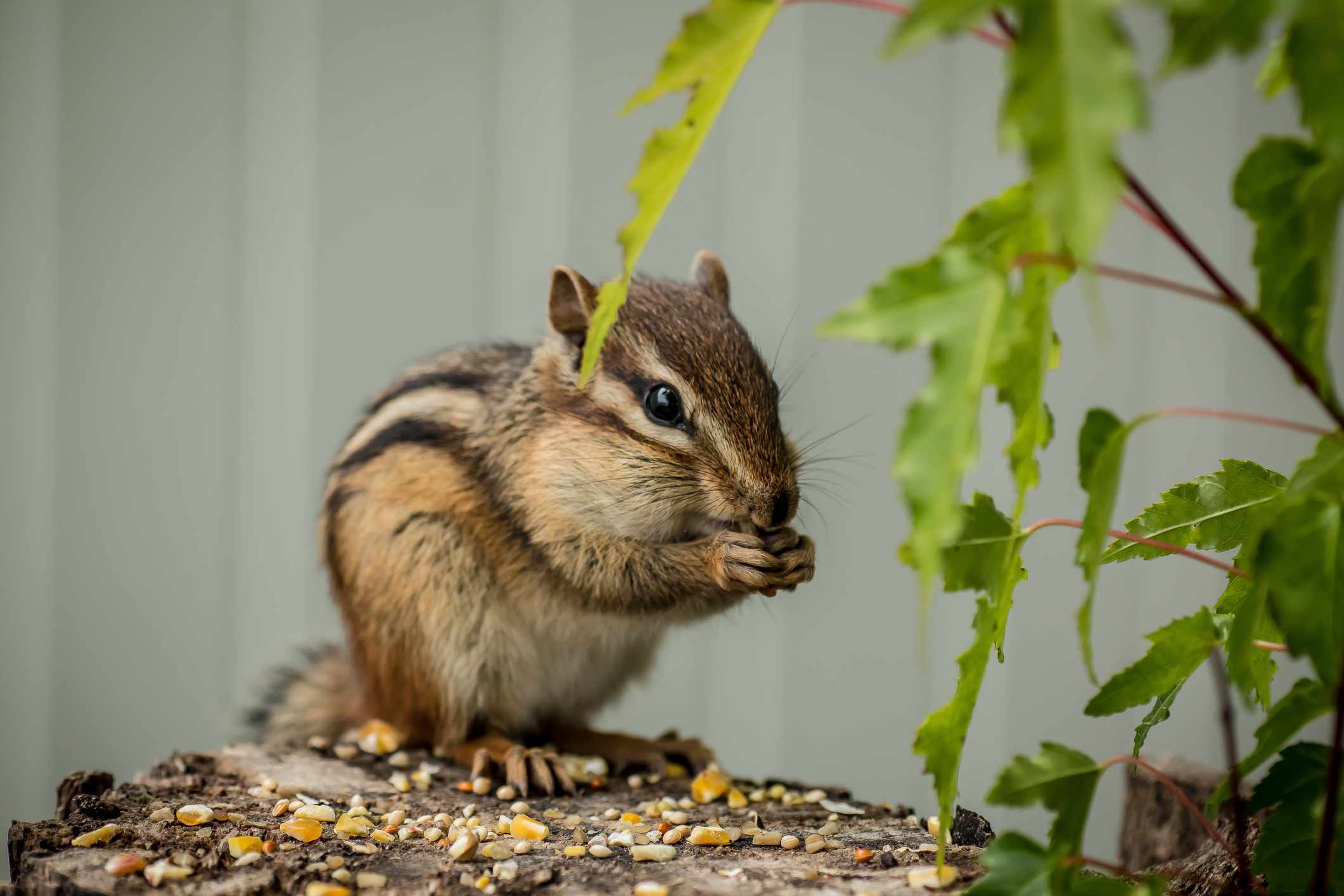

Outdoor Furniture
How To Get Rid Of Chipmunks Under My Patio
Modified: March 15, 2024
Learn effective techniques for removing chipmunks from under your patio. Protect your outdoor furniture from these pesky pests with our expert tips.
(Many of the links in this article redirect to a specific reviewed product. Your purchase of these products through affiliate links helps to generate commission for Storables.com, at no extra cost. Learn more)
Introduction
Welcome to the ultimate guide on how to get rid of chipmunks under your patio! If you have noticed these adorable yet troublesome creatures causing havoc in your outdoor space, you’re in the right place. Chipmunks, with their playful nature and small size, can find their way into hidden nooks and crannies, including the area under your patio.
While chipmunks may seem harmless, their presence can lead to a wide range of issues. They are notorious for their burrowing habits, which can wreak havoc on the structural integrity of your patio and surrounding areas. Additionally, chipmunks are known to damage plants, dig up flower beds, and even chew through electrical wires, posing a fire and safety hazard.
But fret not! In this comprehensive guide, we will explore various methods to effectively and safely remove chipmunks from under your patio. From natural remedies to professional services, we have got you covered.
Before we dive into the methods of chipmunk removal, it is essential to familiarize ourselves with these critters and understand their behavior and habits. By understanding chipmunks, we can employ the most effective strategies to keep them away from your patio for good.
Key Takeaways:
- Chipmunks may look cute, but they can cause serious damage to your patio. Look out for signs like burrows, damaged plants, and scattered food debris to identify their presence.
- Natural remedies like repellents and spicy deterrents, as well as trapping and professional services, offer effective ways to remove chipmunks. Once they’re gone, seal entry points and remove food sources to prevent their return.
Understanding Chipmunks
Before we delve into how to get rid of chipmunks under your patio, let’s take a closer look at these fascinating creatures. Chipmunks belong to the squirrel family and are known for their small size, striped patterns, and bushy tails. They are commonly found in North America, with several different species inhabiting various regions.
Chipmunks are diurnal creatures, meaning they are most active during the day. They have a natural affinity for wooded areas and tend to make their homes in burrows. These burrows serve as their shelters, food storage areas, and nurseries for their young.
Chipmunks are omnivorous, meaning they eat a varied diet that consists of nuts, seeds, fruit, insects, and even small vertebrates. They have cheek pouches where they can store food to bring back to their burrows.
In terms of reproduction, chipmunks typically breed once or twice a year. Females will give birth to a litter of 2 to 8 pups, which they will care for in their burrows until they are old enough to venture out on their own.
Chipmunks are known for their exceptional climbing and digging abilities. They can scale trees with ease and are agile enough to navigate through branches and foliage. Their burrowing habits are what may lead them to find their way under your patio.
It’s important to note that chipmunks are generally non-aggressive towards humans and prefer to avoid direct contact. However, when they feel threatened or cornered, they may resort to biting or scratching in self-defense.
Now that we have a better understanding of these furry pests, let’s move on to identifying the signs of chipmunk infestation in and around your patio.
Signs of Chipmunk Infestation
When chipmunks invade your patio, they leave behind various telltale signs of their presence. By learning to recognize these signs, you can take swift action to address the infestation. Here are some common signs of chipmunk activity:
- Burrows: Chipmunks are prolific diggers and will create small burrows under your patio or nearby areas. Look for small holes or tunnels in the soil, usually around 1 to 2 inches in diameter. These burrows are often hidden beneath shrubs or other vegetation.
- Damaged plants: Chipmunks have a voracious appetite for plants. If you notice chewed leaves, missing flowers, or gnawed stems in your garden or potted plants on your patio, it may be a sign of chipmunk activity. They particularly enjoy feasting on bulbs, seeds, and fruits.
- Scattered food debris: Chipmunks store food in their burrows, and sometimes they may drop or scatter bits of food around your patio. Keep an eye out for small piles of nuts, seeds, or other food items near potential entry points.
- Noise and rustling: Chipmunks are active during the daytime and can create noticeable rustling sounds as they scurry around your patio and nearby areas. If you hear scratching or digging noises coming from under your patio, it may indicate a chipmunk infestation.
- Dug-up soil: As chipmunks burrow and create their network of tunnels, they often displace soil. If you notice mounds of loose soil or disturbed areas around your patio, it could be a sign of chipmunk activity.
- Chewed wires or cables: In rare cases, chipmunks may chew through electrical wires or cables that are located under or around your patio. If you experience electrical issues or notice frayed wires, it is crucial to address the problem immediately to avoid any safety hazards.
If you observe any of these signs, it’s likely that chipmunks have made themselves at home under your patio. Now that you’ve identified the infestation, it’s time to understand the risks associated with having chipmunks in this area and take appropriate action.
The Risks of Having Chipmunks Under Your Patio
While chipmunks may appear harmless and cute, having them under your patio can pose several risks and concerns. It’s important to address the infestation promptly to mitigate these risks. Here are some potential hazards associated with chipmunks under your patio:
- Structural damage: Chipmunks are skilled burrowers and can create an extensive network of tunnels under your patio. These tunnels weaken the soil, compromising the structural integrity of your patio. Over time, this can lead to sinking, cracking, or even collapse of the patio surface.
- Plant destruction: Chipmunks have a penchant for digging up plants and munching on leaves, flowers, bulbs, and fruits. Your beautiful patio garden can quickly become a buffet for these creatures, resulting in the loss of plants and damage to your landscape.
- Electrical hazards: Chipmunks have been known to chew through electrical wires and cables. This behavior not only damages the wiring but also poses a significant fire hazard. If chipmunks are nesting under your patio and come into contact with electrical infrastructure, it can lead to electrical malfunctions or even house fires.
- Pest attraction: Chipmunks can attract other pests to your patio. Their food storage habits and discarded remnants can lure in rodents, insects, and other scavengers, creating a larger pest problem for you to deal with.
- Noise and disturbance: Chipmunks are active during the day, and their constant scurrying, digging, and rustling can be a source of annoyance. It can disrupt your peaceful outdoor environment, making it difficult to relax or enjoy your patio space.
- Health concerns: While chipmunks are not typically carriers of diseases that affect humans, their presence can increase the risk of ticks and fleas in your outdoor area. These parasites can pose health hazards to humans and pets.
Given these risks, it’s crucial to take proactive steps to remove chipmunks from under your patio and prevent further damage. In the next sections, we will explore natural remedies, trapping methods, professional services, and preventive measures to effectively deal with chipmunk infestations.
Natural Remedies for Chipmunk Removal
If you prefer to handle chipmunk removal on your own and want to avoid using chemical methods, there are several natural remedies you can try. These methods are safe for the environment, pets, and children. Keep in mind, however, that natural remedies may take time and persistence to achieve the desired results. Here are some effective natural remedies for chipmunk removal:
- Repellents: There are natural repellents available, such as peppermint oil or garlic spray, that can deter chipmunks from your patio. Apply a few drops of peppermint oil or create a garlic spray by steeping crushed garlic cloves in water overnight. Spray these solutions around the perimeter of your patio and entry points to discourage chipmunks from venturing near.
- Spicy deterrents: Chipmunks have an aversion to spicy substances. Sprinkle cayenne pepper, chili powder, or a mixture of garlic and hot peppers in areas where chipmunks are active. Be sure to reapply after rainfall or as needed.
- Noise and vibrations: Chipmunks are sensitive to loud noises and vibrations. Install devices that emit high-frequency sounds or vibrations near their entry points. These devices can help deter chipmunks from your patio.
- Natural barriers: Create natural barriers around your patio by planting strong-smelling or prickly plants like marigolds, daffodils, or rosemary. These plants are known to repel chipmunks and can act as a deterrent.
- Remove food sources: Chipmunks are attracted to readily available food sources. Keep your patio area clean and limit potential food sources by promptly picking up fallen nuts, seeds, or fruits. Secure garbage bins and store bird feeders away from your patio to avoid attracting chipmunks.
- Remove hiding spots: Clear away debris, logs, or piles of wood near your patio. These provide hiding spots for chipmunks and make it easier for them to access your patio. By removing potential hiding spots, you make your patio area less inviting for these critters.
Remember, natural remedies require patience and consistency. Implement a combination of these methods to increase their effectiveness. However, if the chipmunk infestation persists or becomes overwhelming, it may be necessary to consider trapping and relocating the chipmunks or seeking professional assistance.
To get rid of chipmunks under your patio, try using live traps baited with seeds or peanut butter. Once caught, release them at least 5 miles away to prevent them from returning.
Read more: How To Get Rid Of Rabbits Under My Porch
Trapping and Relocating Chipmunks
If natural remedies have not been successful in removing chipmunks from under your patio, or if the infestation is severe, trapping and relocating them can be an effective solution. Here are the steps to trap and relocate chipmunks:
- Select the right trap: Choose a live trap specifically designed for small rodents like chipmunks. These traps typically have a one-way entry door and a mechanism that allows you to safely release the captured chipmunk elsewhere.
- Identify high activity areas: Determine where chipmunks are active under your patio by identifying burrow entrances, chewed plants, or food debris. Place the trap near these areas to increase the chances of successful capture.
- Bait the trap: Use bait that is attractive to chipmunks, such as sunflower seeds, nuts, or peanut butter. Place the bait inside the trap and near the trigger mechanism.
- Set the trap: Carefully follow the instructions provided with the trap to set it. Ensure that it is secure and the trigger mechanism is sensitive enough to capture the chipmunk when it enters.
- Check the trap regularly: Monitor the trap frequently to minimize stress on captured chipmunks. Ideally, check every few hours to ensure that chipmunks are not kept in the trap for an extended period.
- Release the chipmunks: Once a chipmunk is captured, wear gloves and carry the trap to a suitable release location away from your property. Release the chipmunk gently and safely, ensuring that it has a good chance of survival in its new environment.
- Prevent re-entry: After successfully trapping and relocating chipmunks, it’s important to address any potential entry points to prevent their return. Seal off access points or use deterrent measures, such as wire mesh, to keep chipmunks from reentering your patio.
While trapping and relocating chipmunks can be effective, it’s crucial to check local regulations and guidelines regarding the capture and release of wildlife. Some areas may require permits or have specific rules regarding the relocation of chipmunks or other animals.
If trapping and relocating chipmunks seems daunting or if you are dealing with a persistent infestation, it may be best to seek professional pest control services.
Calling Professional Services
If you find yourself overwhelmed by a chipmunk infestation under your patio, or if previous attempts at removal have been unsuccessful, it is advisable to reach out to professional pest control services. These experts have the knowledge, experience, and tools to effectively handle chipmunk infestations. Here are the benefits of calling professional services:
- Expertise: Pest control professionals have in-depth knowledge of chipmunk behavior, habitats, and effective removal methods. They can accurately assess the extent of the infestation and develop a customized plan to address the problem.
- Safety: Professionals have the necessary equipment and know-how to handle chipmunks safely. They take precautions to protect themselves, your property, and the chipmunks throughout the removal process.
- Efficiency: Pest control services are experienced in dealing with chipmunk infestations, allowing them to efficiently and effectively remove the creatures from your patio. They have access to specialized traps and tools that may not be readily available to homeowners.
- Long-term solutions: Professionals not only remove current chipmunk populations but also offer preventive measures to keep them from returning. They can identify and seal entry points, provide recommendations for habitat modifications, and offer ongoing monitoring and maintenance.
- Legal compliance: Pest control services are familiar with local regulations and guidelines regarding the humane removal and relocation of wildlife. They ensure that all actions taken during the chipmunk removal process are in compliance with legal requirements.
When choosing a professional pest control service, do your research to find a reputable and licensed company. Read customer reviews, compare services and prices, and inquire about their methods and guarantees. It’s important to find a company that aligns with your values and offers effective and ethical chipmunk removal services.
Remember, seeking professional help should be considered when other methods have not yielded desired results or when the infestation is severe. Professional services can save you time, effort, and potential frustrations associated with handling chipmunk removal on your own.
Preventing Chipmunks from Returning
Once you have successfully removed chipmunks from under your patio, it is crucial to take preventive measures to discourage their return. By implementing these preventive steps, you can create an environment that is unattractive to chipmunks and minimize the risk of future infestations. Here are some effective ways to prevent chipmunks from returning:
- Seal entry points: Inspect the perimeter of your patio and identify any potential entry points. Seal cracks, gaps, and holes using caulk, wire mesh, or other suitable materials to prevent chipmunks from accessing hiding spaces under your patio.
- Remove food sources: Chipmunks are attracted to easily accessible food sources. Regularly clean up fallen nuts, seeds, and fruits from your patio area. Store bird feeders and pet food indoors or in airtight containers. By eliminating these food sources, you make your patio less appealing to chipmunks.
- Maintain landscaping: Keep your garden well-maintained by regularly trimming shrubs and vegetation. Trim branches that overhang onto or near your patio, as chipmunks can use them as access points. Clear away debris and fallen leaves to remove potential hiding spots.
- Install barriers: Create physical barriers to deter chipmunks from entering your patio area. Install wire mesh or fencing around the perimeter, burying it several inches into the ground to prevent burrowing.
- Use repellents: Continue using natural repellents, such as peppermint oil or garlic spray, as a deterrent. Reapply them periodically, especially after rain or as indicated on the product packaging.
- Maintain cleanliness: Regularly clean your patio area and remove any debris or clutter. Maintain good sanitation practices to discourage chipmunks from setting up camp.
- Monitor regularly: Keep an eye out for any signs of chipmunk activity around your patio. Act promptly if you notice burrows, chewed plants, or other indicators of their presence. Early detection and intervention can prevent a full-blown infestation.
By implementing these preventive measures consistently, you can significantly reduce the chances of chipmunks returning to your patio. However, it’s important to remain vigilant and be prepared to take action if signs of chipmunk activity reappear.
Remember, chipmunks are resourceful creatures, so it’s essential to stay proactive and address any potential vulnerabilities in and around your patio to maintain a chipmunk-free outdoor space.
Conclusion
Dealing with chipmunks under your patio can be a frustrating experience, but with the right knowledge and strategies, you can successfully remove them and prevent their return. By understanding chipmunk behavior and signs of infestation, you can take swift action and minimize any risks associated with their presence.
In this guide, we explored various methods for getting rid of chipmunks under your patio. From natural remedies to trapping and relocating, as well as the option of seeking professional assistance, you have a range of effective solutions to choose from.
Remember, natural remedies like repellents, spicy deterrents, and barriers can be used to discourage chipmunks in a safe and environmentally friendly way. Trapping and relocating chipmunks can also be a viable option, but make sure to follow local regulations and obtain any necessary permits.
If DIY methods haven’t been successful or the infestation is severe, seeking professional pest control services is a wise choice. Pest control experts have the expertise, tools, and knowledge to effectively handle chipmunk infestations and offer long-term solutions.
Once you have successfully removed chipmunks, take preventive measures to keep them from returning. By sealing entry points, removing food sources, and maintaining cleanliness, you can create an environment that is unattractive to chipmunks.
Ultimately, a combination of patience, persistence, and taking the necessary steps outlined in this guide will help you reclaim your patio space from chipmunk intruders. Remember to always prioritize the safety and well-being of both yourself and the chipmunks throughout the removal process.
Now armed with this knowledge, you are ready to take action against chipmunks and enjoy a chipmunk-free patio once again. Good luck!
Frequently Asked Questions about How To Get Rid Of Chipmunks Under My Patio
Was this page helpful?
At Storables.com, we guarantee accurate and reliable information. Our content, validated by Expert Board Contributors, is crafted following stringent Editorial Policies. We're committed to providing you with well-researched, expert-backed insights for all your informational needs.
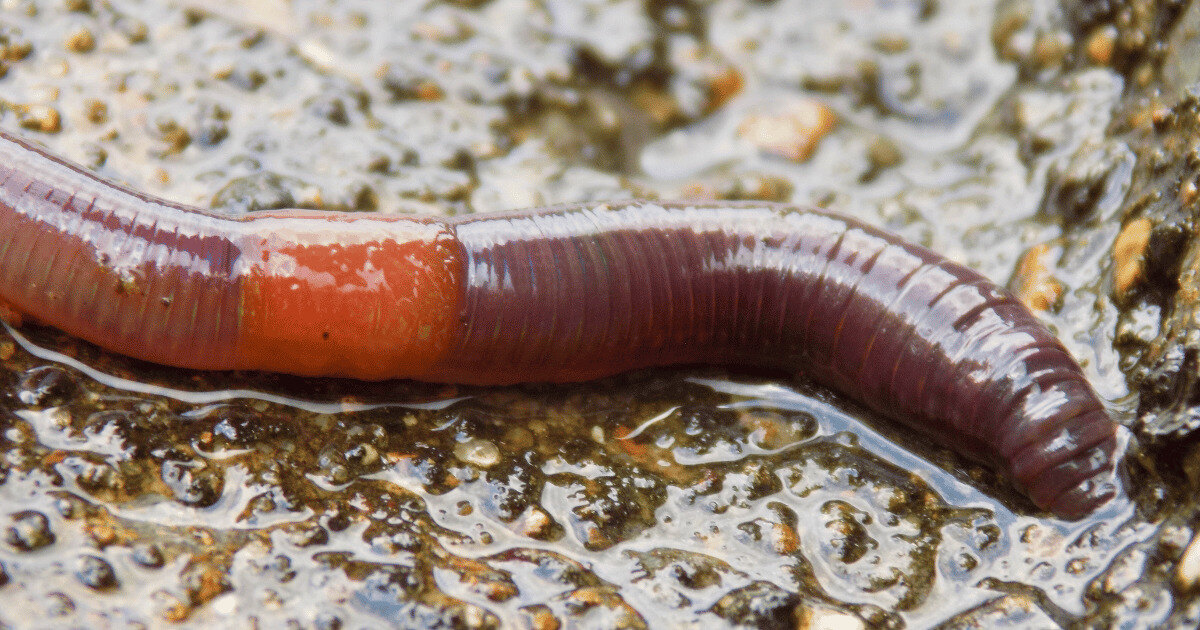

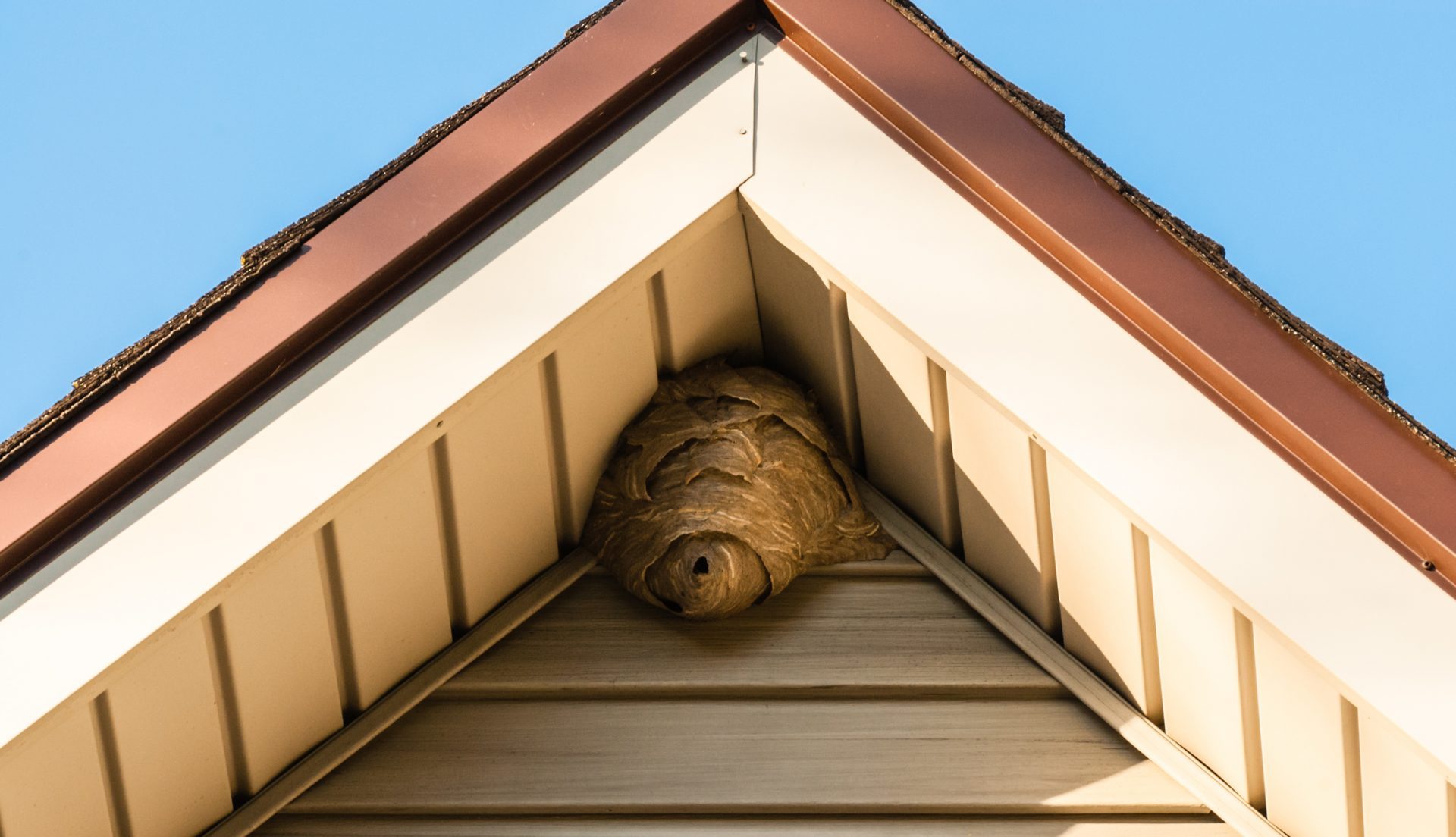
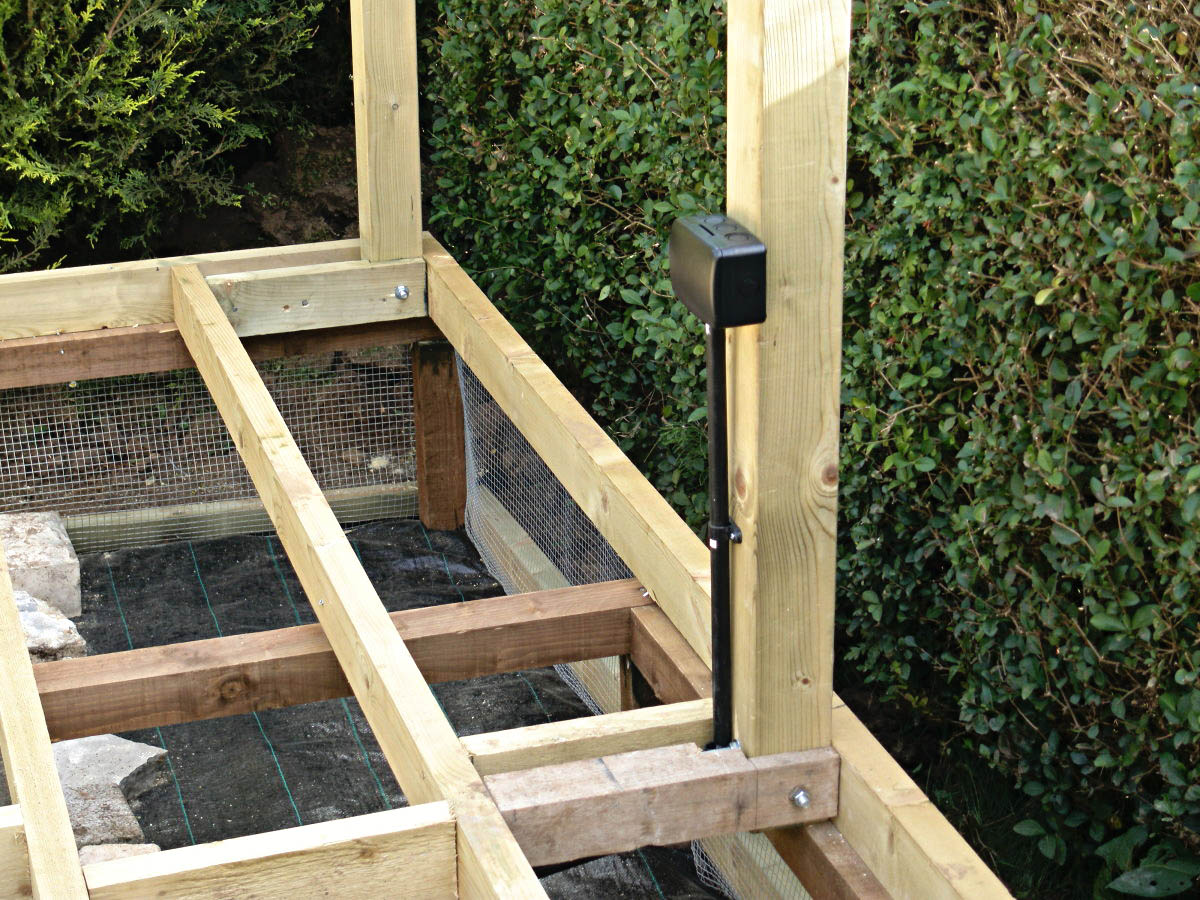
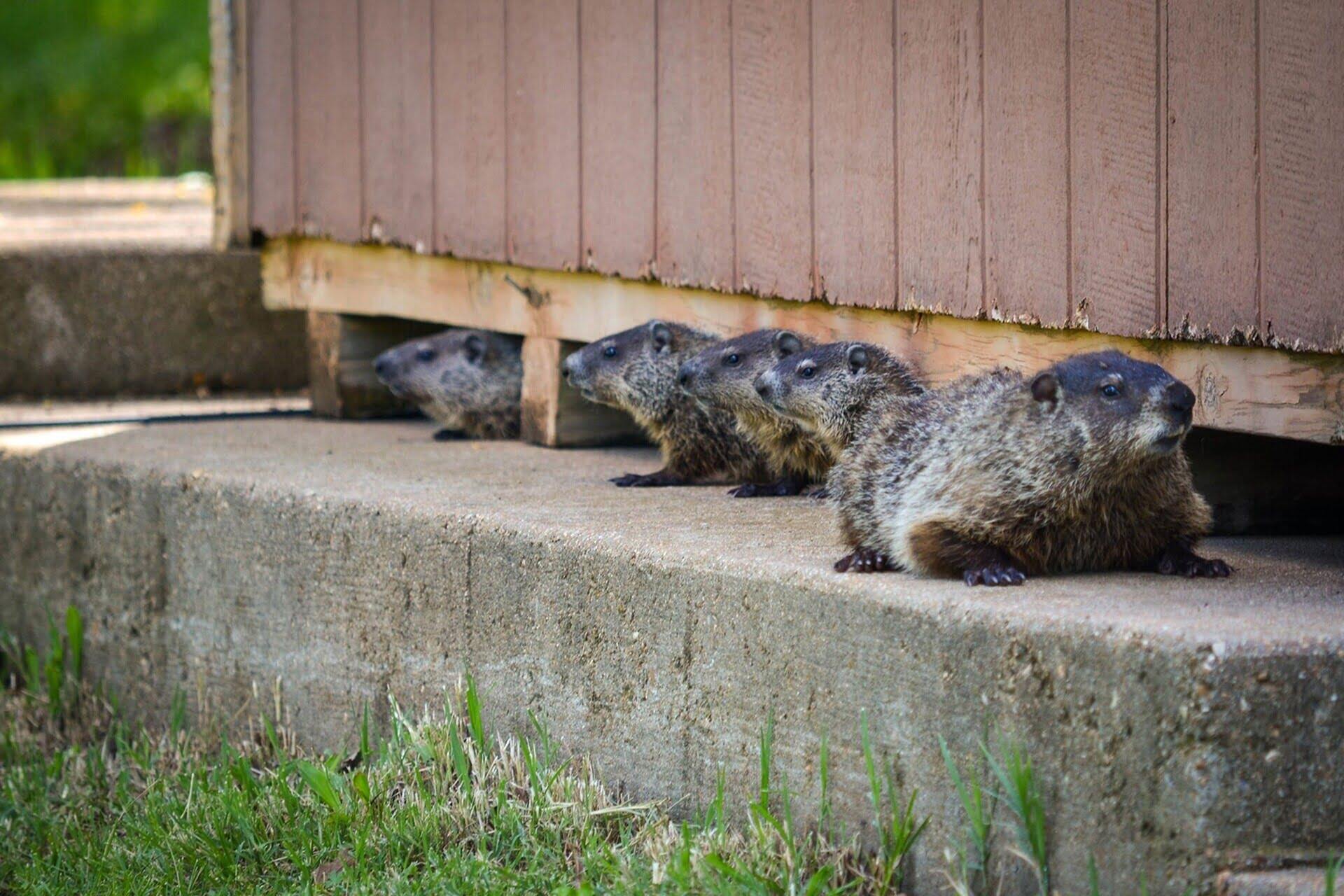
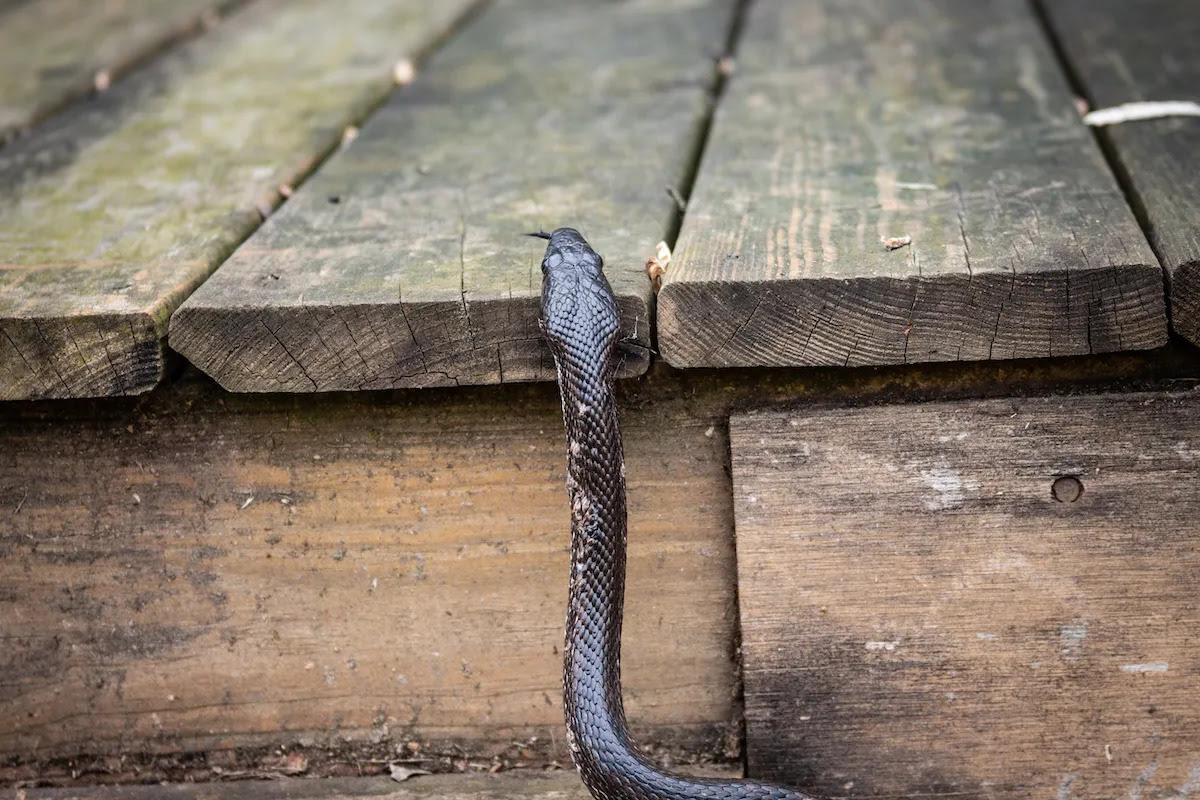
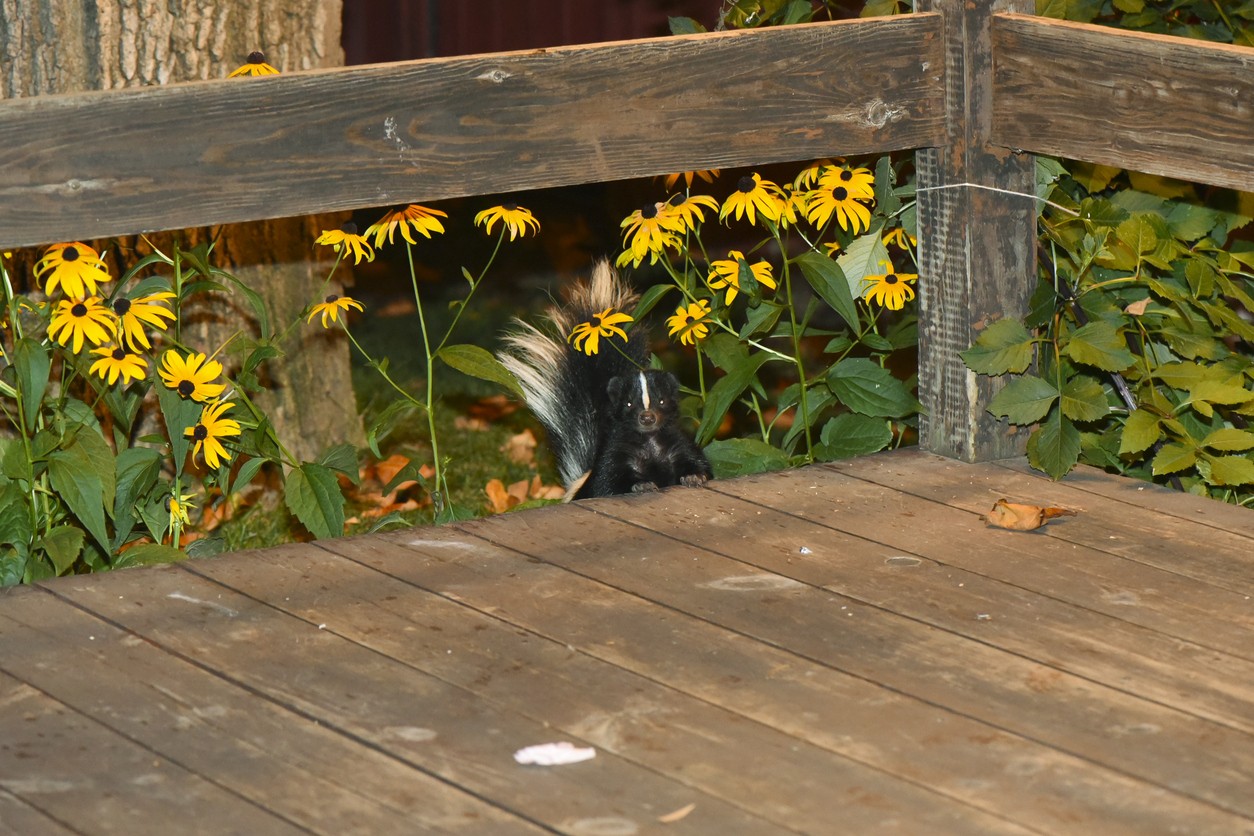
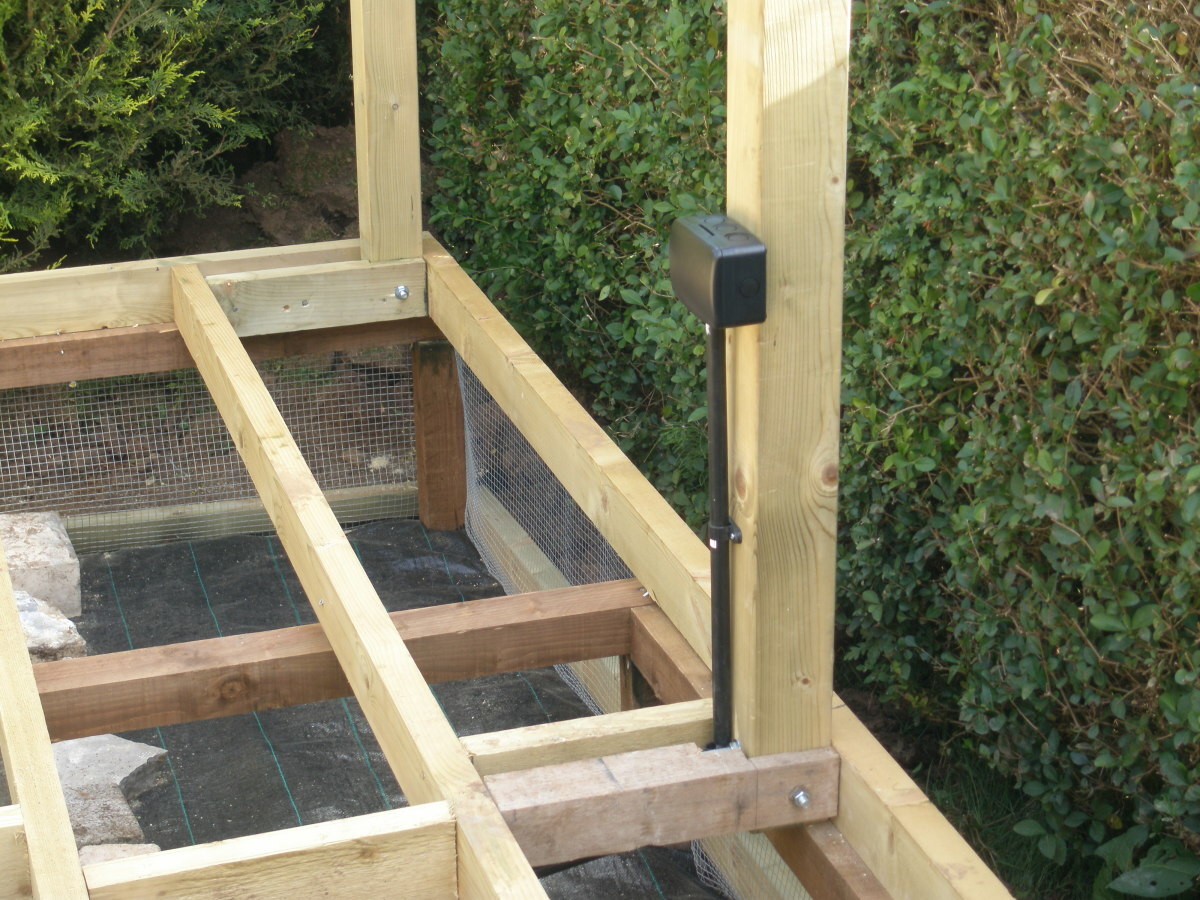
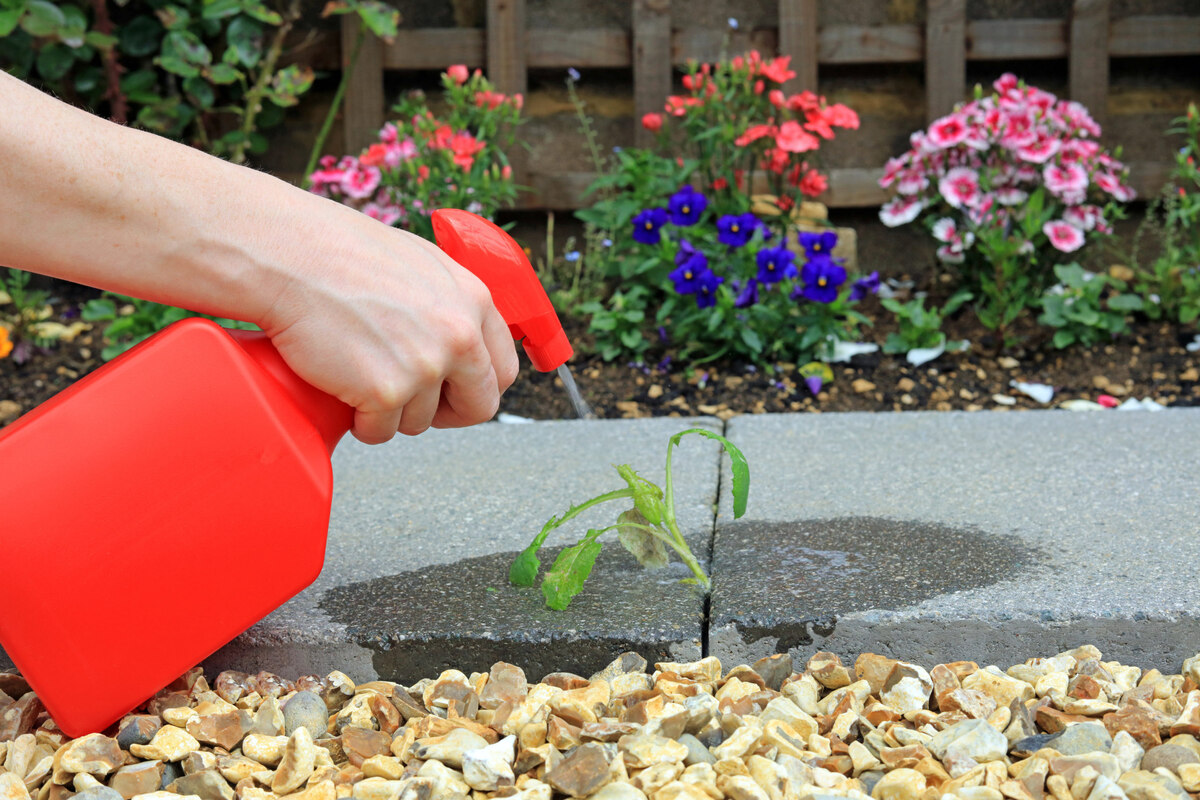
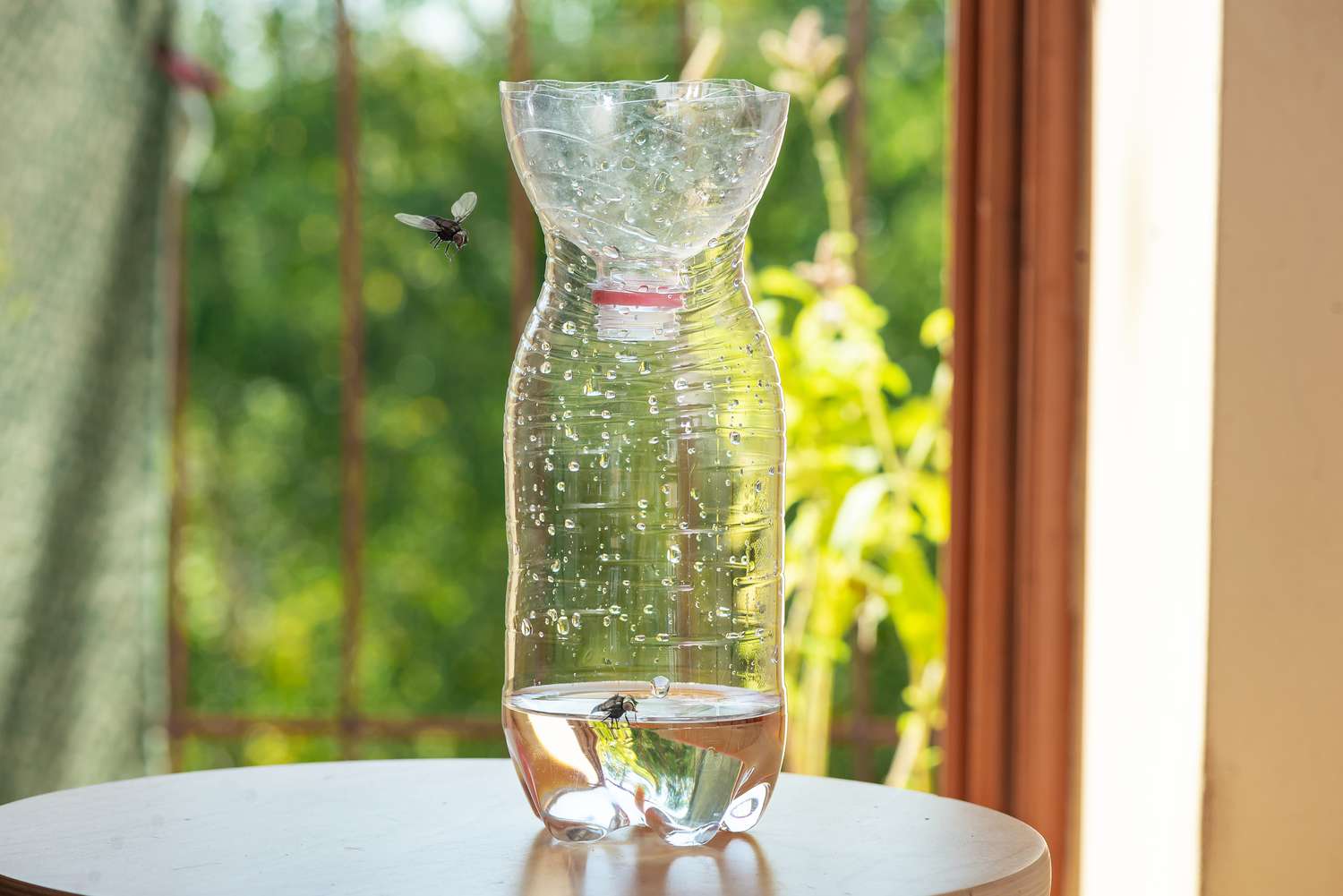
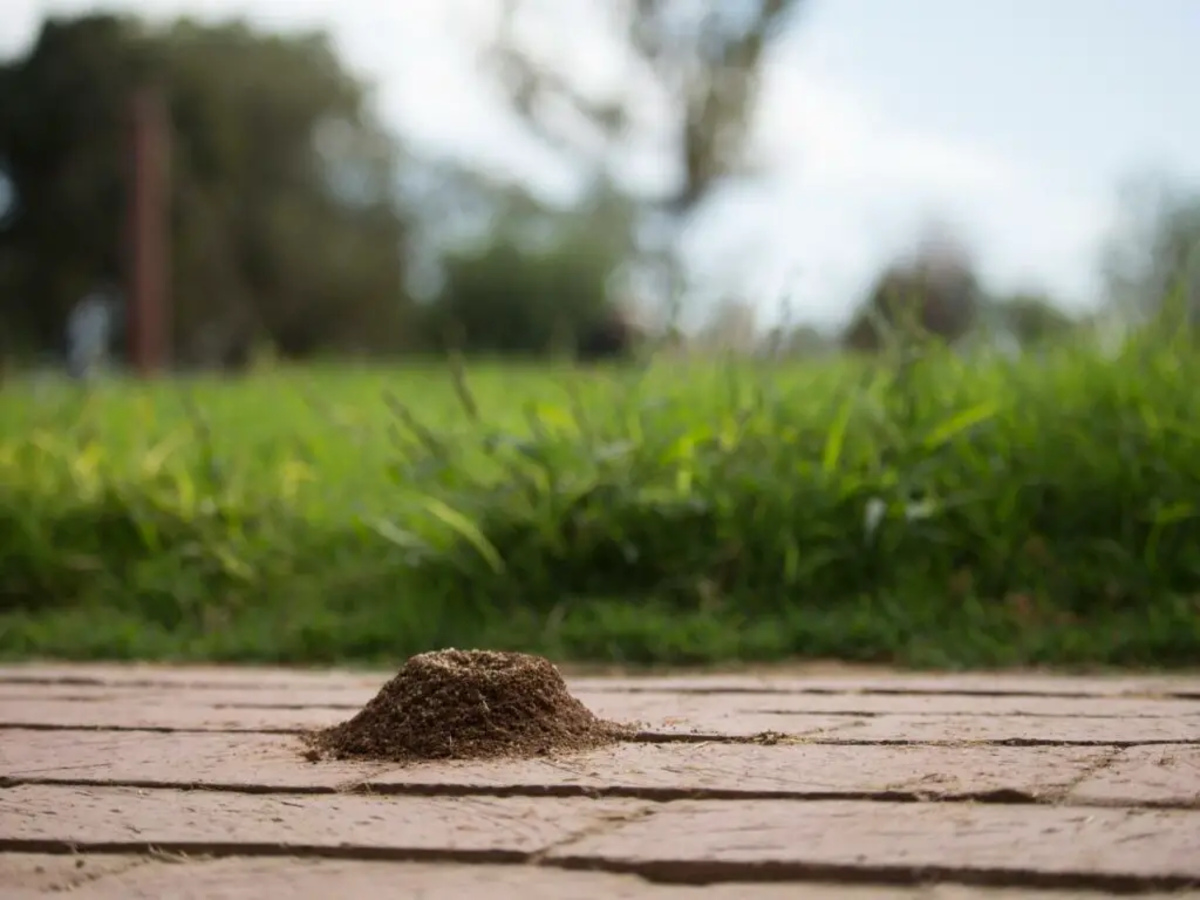
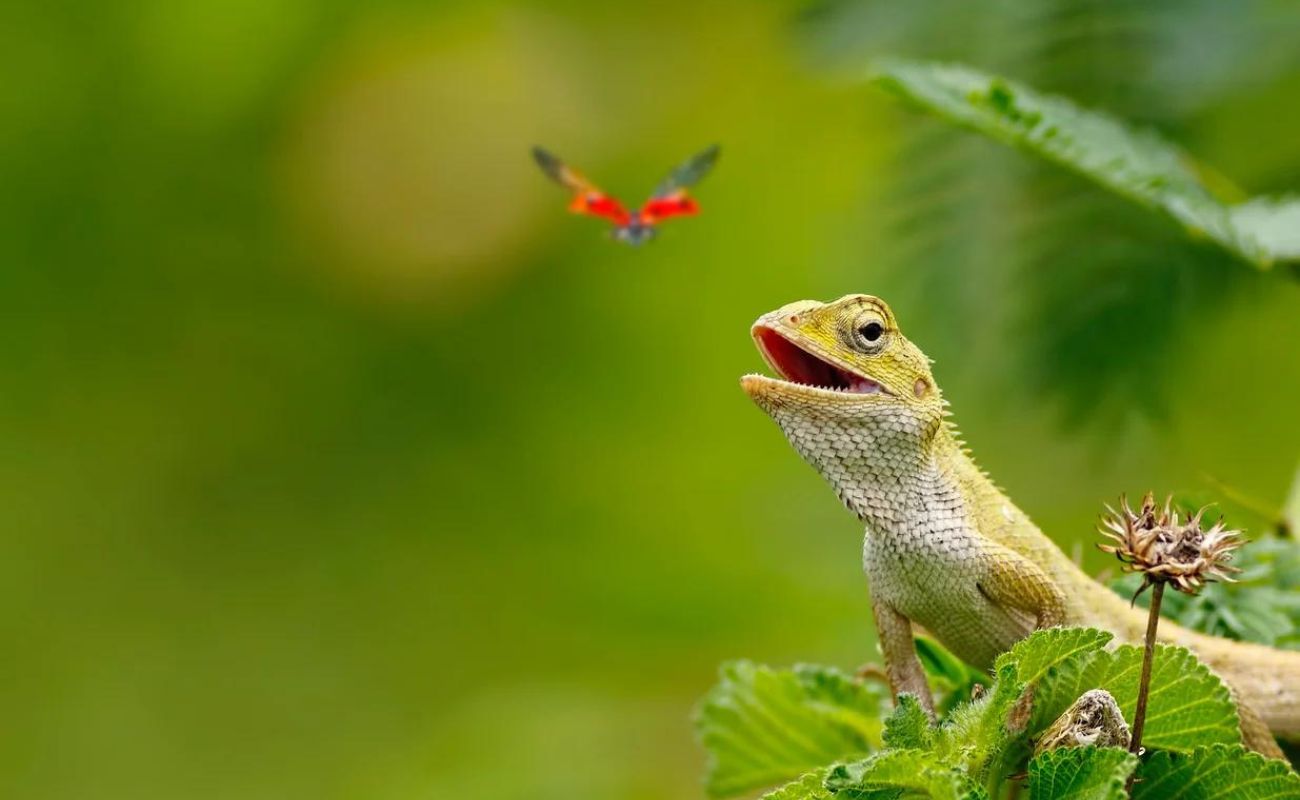
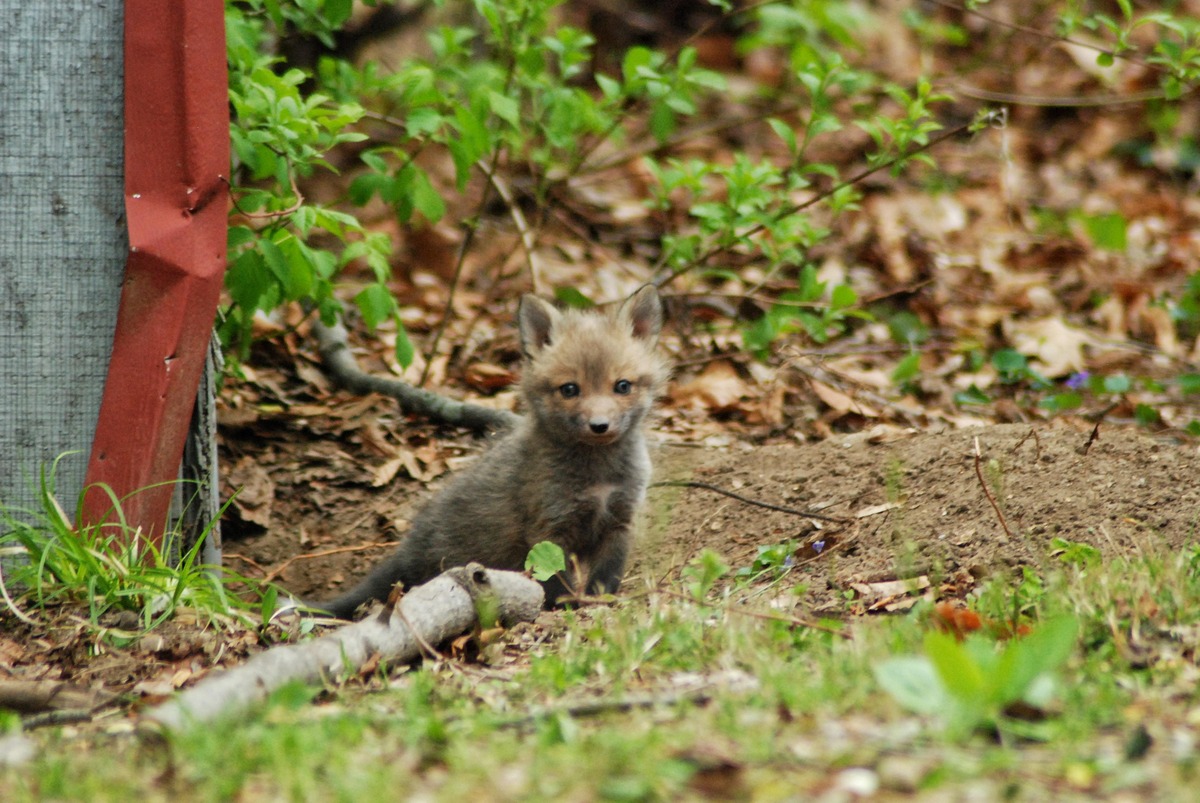
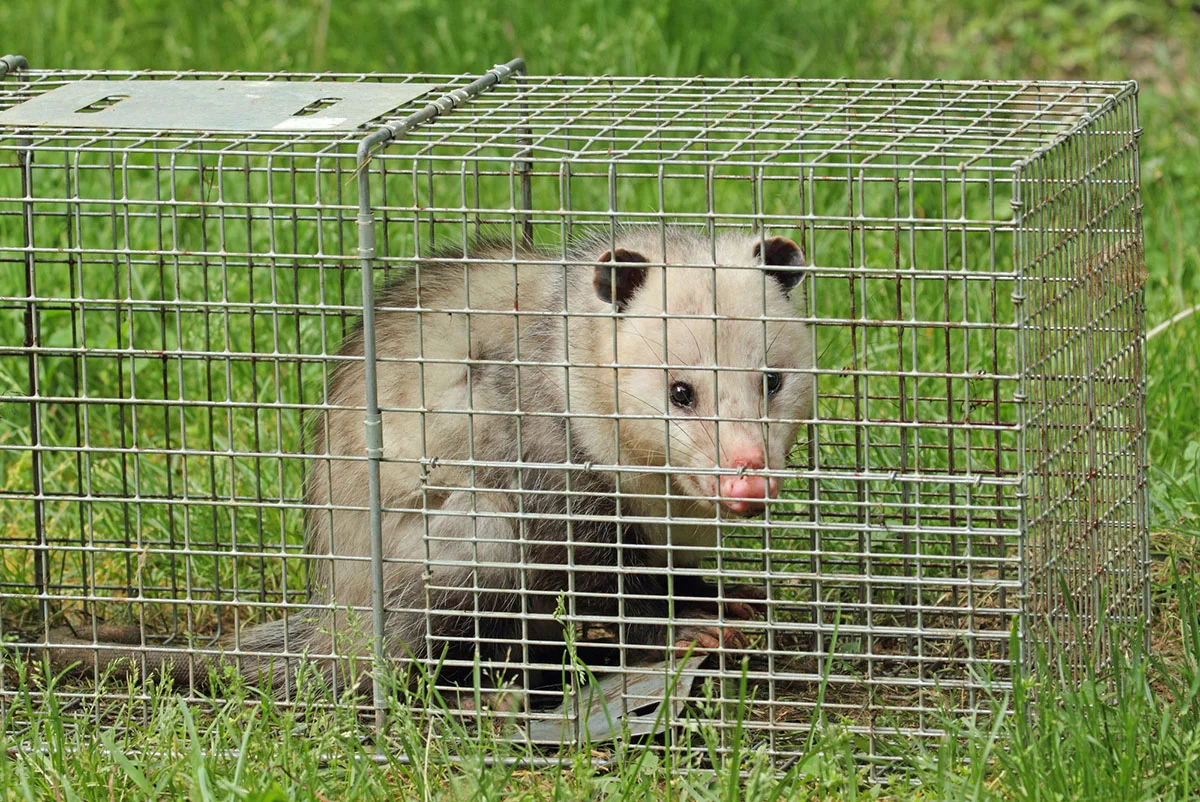

0 thoughts on “How To Get Rid Of Chipmunks Under My Patio”